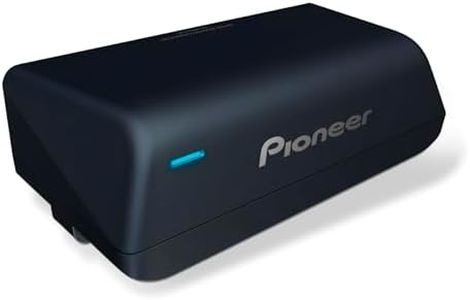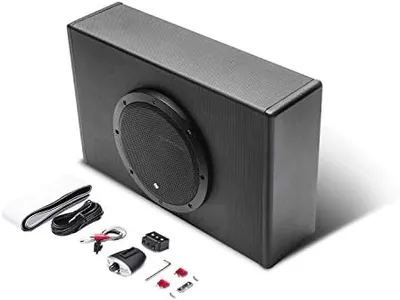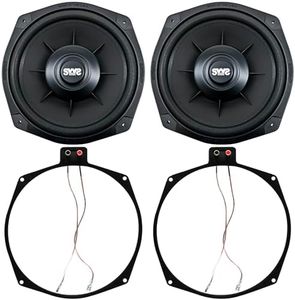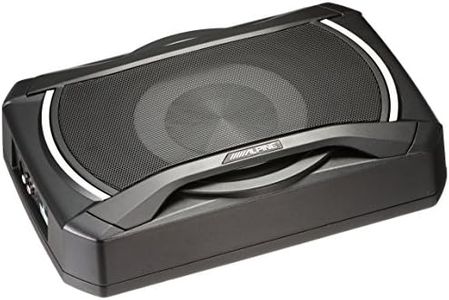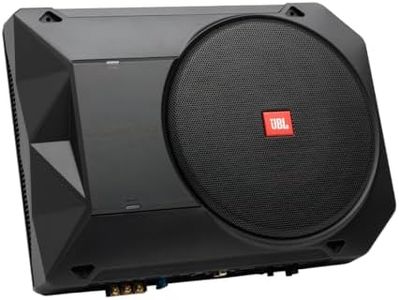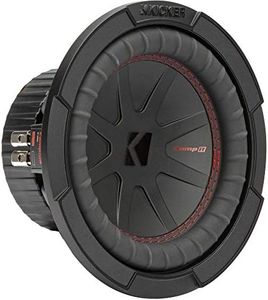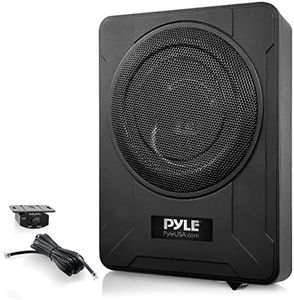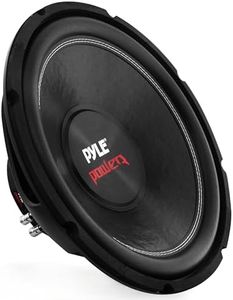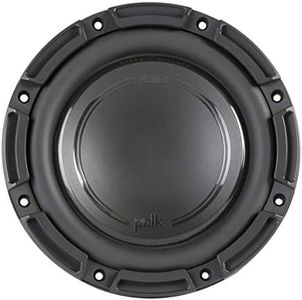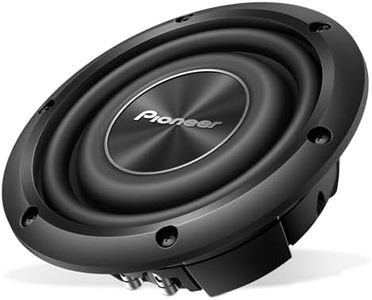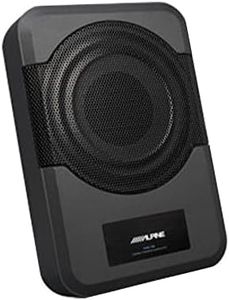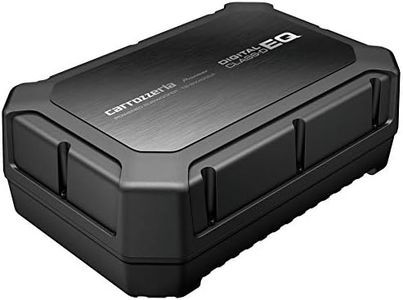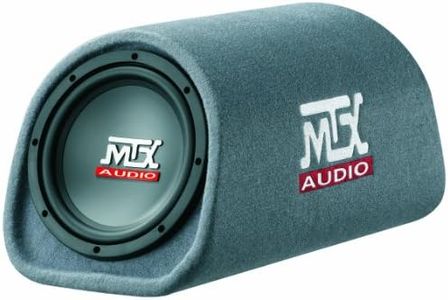We Use CookiesWe use cookies to enhance the security, performance,
functionality and for analytical and promotional activities. By continuing to browse this site you
are agreeing to our privacy policy
10 Best 8 Inch Car Subwoofers
From leading brands and best sellers available on the web.By clicking on a link to a third party's website, log data is shared with that third party.
Buying Guide for the Best 8 Inch Car Subwoofers
Choosing the right 8-inch car subwoofer can make a big difference to your listening experience on the road. These subwoofers are popular for their balance between size and sound, fitting well in smaller spaces while still producing powerful bass. When shopping for an 8-inch sub, it’s important to consider the specs to match your music preferences, vehicle space, and setup. By understanding the key features, you can pick a subwoofer that complements your system and delivers the sound you want.Power Handling (RMS and Peak)Power handling tells you how much power the subwoofer can safely use. It's usually listed as RMS (continuous power) and Peak (the maximum it can handle in a short burst). Higher RMS values mean the sub can play louder and clearer for longer, but that only matters if your amplifier can provide that power. For everyday listening and most music styles, a moderate RMS is sufficient. If you like very loud music or want deep, room-shaking bass, look for a higher RMS rating. Always match the sub’s power handling to what your amp can deliver to avoid damage and get great performance.
SensitivitySensitivity measures how efficiently the subwoofer converts power into sound, and it's shown in decibels (dB). A higher sensitivity rating means the sub produces more sound with less power, which is helpful if you have a lower-powered amplifier. Sensitivity averages between 80 and 90 dB for most 8-inch subwoofers. If you plan to run your system at moderate power or want better efficiency, go for a higher sensitivity. If you have a powerful amp, sensitivity is less crucial, and you might prioritize other features.
Impedance (Ohms)Impedance refers to the electrical resistance the subwoofer presents to the amplifier, measured in ohms (Ω). The most common values are 2, 4, or sometimes 8 ohms. Matching impedance between your subwoofer and amplifier is important for safe and effective power transfer. Use 4-ohm subs for a standard setup, 2-ohm subs if you want to extract more wattage from an amp designed for low impedance, and 8-ohm for certain specialized setups. Always check your amp’s compatibility before choosing the impedance.
Frequency ResponseFrequency response shows the range of bass notes a subwoofer can produce, measured in Hertz (Hz). Lower numbers mean deeper bass. Most 8-inch subs handle frequencies from around 30 Hz to 200 Hz. If you love deep, heavy bass (for genres like hip-hop or EDM), look for a sub with a lower minimum frequency. For general music enjoyment, most 8-inch subs offer enough range to cover average bass needs.
Mounting DepthMounting depth is how much space the subwoofer needs behind the panel or enclosure where it will be installed. This is especially important if you're working with a compact car or tight trunk space. Measure the depth you have before choosing a subwoofer. Shallow-mount subs are available for tight spaces and still deliver good performance, while standard-mount subs may require more room but often provide stronger bass.
Voice Coil Configuration (Single vs. Dual Voice Coil)Voice coil configuration affects wiring flexibility and power handling. Single voice coil (SVC) subs are straightforward to wire and perfect for simple setups. Dual voice coil (DVC) subs let you run different wiring options to adapt to your amp or add more subs later. If you want maximum flexibility or plan future upgrades, go for a DVC model; if you want a simpler installation, SVC works well.
Enclosure CompatibilityNot all 8-inch subs are designed for the same type of enclosure, which affects the sound and installation. There are sealed (tight, accurate bass), ported (louder, boomier bass), or bandpass enclosures (a mix of both). Check if the subwoofer is rated for the kind of box you plan to use. For tight, punchy bass and a smaller box, look for models meant for sealed use. If you want maximum output and have more space, choose one that performs well in ported enclosures.
